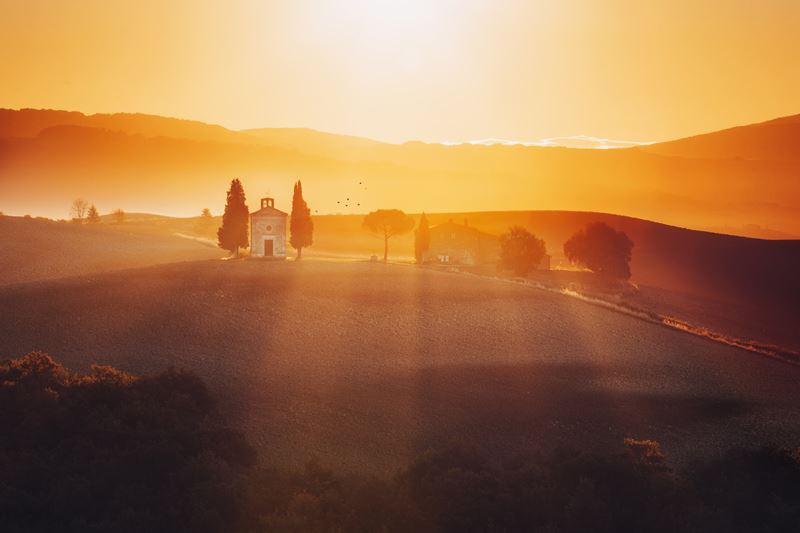Why family wineries are Italy's hottest wine tourism trend
How Italy's small wineries are redefining wine tourism
2024-03-08

In the sun-drenched hills and sprawling vineyards of Italy, a remarkable transformation is unfolding, reshaping the way we think about wine, not just as a beverage but as an experience deeply rooted in culture, hospitality, and the very essence of Italian life. This shift, led by the small, family-run wineries that dot the picturesque landscape, is propelling enotourism to the forefront of the country's tourism strategy, illustrating a vibrant tapestry of tradition, innovation, and passion for the vine.
With a welcoming embrace that seems to extend from the very soil itself, these wineries, accounting for 39% of the sector, offer more than just a taste of their labor. They provide a glimpse into the heart of wine-making, blending the rustic charm of family hospitality with the rich narratives of history, art, and nature. This unique blend is attracting 15 million visitors annually, contributing on average 7% to the wineries' revenue—a figure that, for 46% of these establishments, does not exceed €500,000 annually. Yet, the essence of their enotourism income lies not in the vast numbers but in the direct connection established through wine sales, which represent 6-14% of their total business.
This burgeoning sector, however, faces its challenges, paramount among them the pressing need for skilled personnel—a challenge felt from the northern reaches of the Veneto to the sun-kissed islands of Sicily. The demand for staff fluent in multiple languages, knowledgeable in wine and vineyard care, adept at hosting and hospitality, and versed in the nuances of digital communication, is growing. Yet, finding individuals who embody these skills is becoming increasingly difficult, particularly as wineries strive to enhance their offerings and engage with visitors on a deeper level.
The landscape of Italian enotourism is rich and varied, with wineries not only inviting guests to explore the nuances of their wines but also to immerse themselves in activities that range from wellness and relaxation to cultural exploration and outdoor adventures. This diversity in experiences reflects a broader trend in tourism, one that seeks to offer more than just a product but a memorable, engaging experience that connects visitors to the place and its people on a personal level.
Amidst this evolution, the role of women in the wine industry is also changing, with females increasingly at the helm of wine hospitality, marketing, and communication efforts. This shift is not just about achieving gender parity but about leveraging the unique perspectives and skills women bring to the table, which are proving instrumental in shaping the future of enotourism and the wine industry at large.
As Italian wineries continue to expand their enotourism experiences, they navigate the challenges of staffing, digital engagement, and the ever-present need to innovate. Yet, the foundation of their appeal remains steadfast—the allure of the Italian countryside, the depth of its wine traditions, and the warmth of its people. It is an invitation to explore, to taste, and to immerse oneself in the rich tapestry of Italian wine culture, an experience that beckons wine lovers from across the globe to discover the beauty and diversity of Italy, one glass at a time.
Founded in 2007, Vinetur® is a registered trademark of VGSC S.L. with a long history in the wine industry.
VGSC, S.L. with VAT number B70255591 is a spanish company legally registered in the Commercial Register of the city of Santiago de Compostela, with registration number: Bulletin 181, Reference 356049 in Volume 13, Page 107, Section 6, Sheet 45028, Entry 2.
Email: [email protected]
Headquarters and offices located in Vilagarcia de Arousa, Spain.